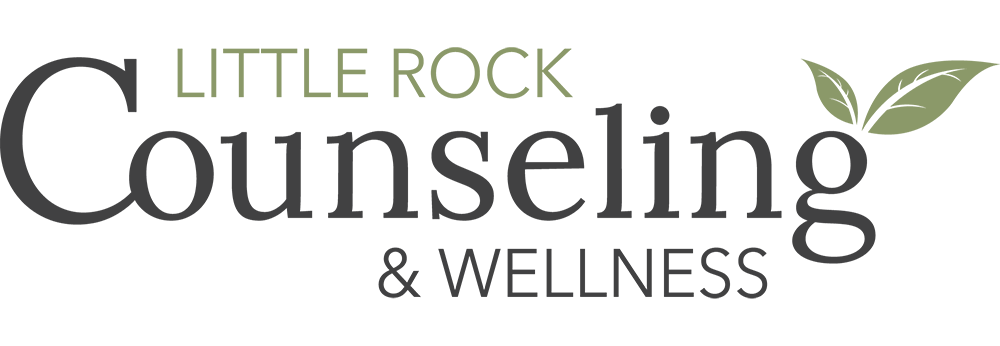As Dr. Phillips mentioned in the last post, trauma is considered the experience of something that happens too much, something too soon, or something too fast. Considering the last year of our shared pandemic experience, it seems reasonable to consider that we might all have had something unexpected to navigate. Perhaps we were also already working to navigate other charged circumstances that had happened before. Or maybe during this bigger life event, we had a number of other unexpected life events happen that tested the limits of our coping. Whatever is true for you and your system, you are still here. The beauty of the human nervous system is that it is wired for survival.
Considering that trauma does not reside in the event, but in the body, we can then consider that trauma healing becomes a journey with the body. By inviting movement into our awareness, we can invite the wisdom of the body—the nervous system—into a process of release and recovery, deepening our capacity to navigate uncertainty. The goal of nervous system regulation is to support a space of optimal responding that is congruent with the current environment, meaning that the response may not always be a state of calm.
One way to consider being in a state of overwhelm is to consider that we have lost contact with our internal observer. The internal observer is the element of awareness that supports our system of engagement. By inviting this internal resource back into the conversation of our experience, we can begin to notice our body, or images of ourselves, or our external environment in a different way; perhaps even inviting space for cycles of distress activation to find a place of resolution or completion.
Let’s play with this a little bit..
Starting where you are, maybe you want to be reclined, seated, or find a place to stand. As we begin to play with some movement, be curious. Notice what might be happening in your sensation experience. Consider if this experience might be pleasant, unpleasant, or neutral. If you find the sensation unpleasant, be curious what happens if you might change your position slightly, slow down or speed up.
If you are reclined, allow your body to softly land against the support that is underneath. Begin to notice the places of contact between your body and what is supporting you. Working from the bottom up, begin to notice the soles of your feet. Notice the curling and stretching of your toes, feel the muscles of your feet. Be curious if your ankles need to move and flex. Allow your attention to travel up your lower legs, knees, and upper legs; flexing and releasing these muscle areas. Notice your hip joints and hips. Begin to notice your lower back, mid back, and upper back. Be curious if you can soften what might be tensing. Notice your abdominal area and soft organs underneath your rib cage. Experience the movement of your breathing. Notice where your breath lands in your body. Allow your attention to travel to your shoulders and chest, perhaps lifting shoulders, up, back, and down. Notice the muscles of your upper arms, elbows, and lower arms; flexing and releasing. Notice your wrists, hands, and fingers. Feel the muscles of your hands. Allow your attention to travel to your neck and jaw. Allow your jaw to move gently side to side. Release the tongue from the roof of your mouth. Soften your eyes and forehead. Allow your head to be supported, and rest. Notice what is different with your sensation, thought, feeling, or image experience. Consider if this is what you need.
If you are seated, begin to notice the places your body makes contact with any supports. Perhaps this is the floor or the object in which you are seated. Consider if you need to make any small or large adjustments to allow your body to feel a greater sense of ease. From here, bring awareness to your abdominal area, lift your shoulders up, back, and down. Allow your arms to fall where they may, hands can be resting in your lap, on your thighs or knees. Beginning from the lowest place, scan over your body from feet to crown, and consider what your system needs here. Perhaps this is enough. Perhaps you are noticing a desire to move. As you continue to notice your body being supported, begin to open and close your hands. Notice how your muscles feel as they move in opposite directions. Notice if any other gestures or movements have started or are wanting to happen. Consider allowing those gestures to happen. Once you have given your system what it might need, take an easy, full breath, and then rest. Notice what is different in your sensation, thought, feeling, or image experience. Perhaps this is enough; consider how you will know.
If you are standing, place your feet hip width apart; hip width is the distance of two tight fists between your feet. Leaving a slight bend in your knees, begin to lengthen through your legs, chest, and spine. Bring awareness to your abdominal area, lift your shoulders up, back, and down. Allow your arms to fall to your sides and extend through the crown of your head. Keeping your feet where they are, begin to invite some sway into your knees and arms. Perhaps you continue in this way. Perhaps you bring more swaying motion with your arms, moving in a way that brings your forward hand to your opposite hip and reverse, like a washing machine. Notice if your system is okay here, or if you might want to speed up or slow down. Once you have given your system what it might need, begin to slow your motions until you have returned to a place of stillness. Allow a moment of integration to consider what information you are receiving from your body. Notice what is different in your sensation, thought, feeling, or image experience. Consider if that can be okay.
Whatever you have chosen for your system today, trust that you have given yourself what you have needed. You are both a witness and protector of your own system.



